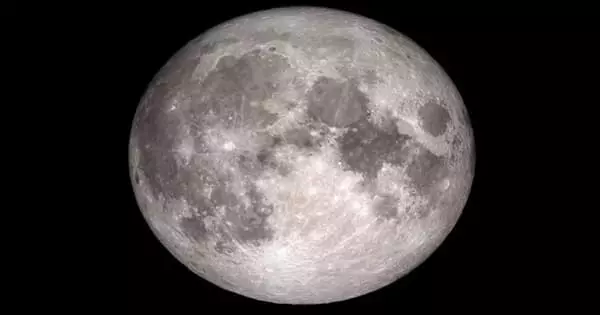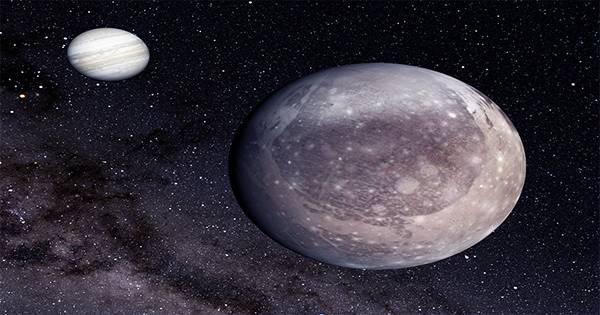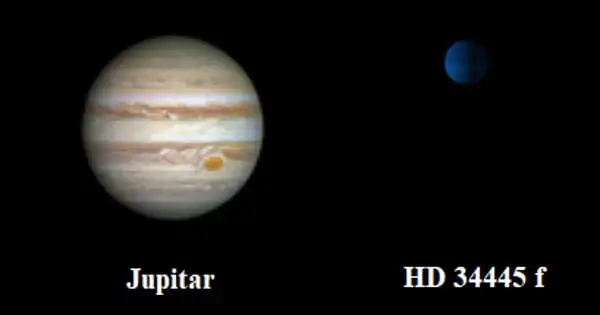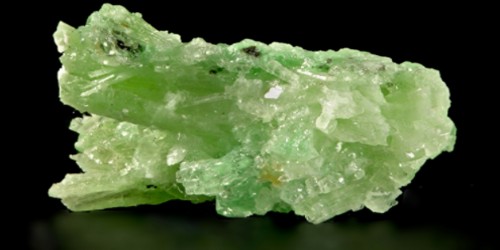NASA’s Juno spacecraft made a close flyby of Ganymede, Jupiter’s biggest moon, in June of last year. The scientists were able to get the closest photographs of the frozen moon’s surface and even make a breathtaking flyby film from Ganymede to Jupiter. NASA is also adding another sensory experience to the event by making the audio of the near flyby available. This is achieved by capturing the electric and magnetic radio waves generated in Jupiter’s magnetosphere, as well as their interaction with Ganymede. After that, the signals changed to a frequency that people could hear.
In a statement, Juno Principal Investigator Scott Bolton of the Southwest Research Institute stated, “This soundtrack is just crazy enough to make you feel as if you were riding along as Juno sails over Ganymede for the first time in more than two decades.”
“At roughly the middle of the audio, you can hear a dramatic transition to higher frequencies, which reflects entrance into a new section of Ganymede’s magnetosphere.” The complex audio, which sounds like something out of a science fiction film, is still studied. The researchers seek to learn more about the Jovian system’s complicated magnetic environment. In addition, the shift in frequency is very intriguing.

“It’s conceivable that the shift in frequency immediately after the closest approach is due to transiting from the nightside to the dayside of Ganymede,” said William Kurth, principal co-investigator for the Waves project at the University of Iowa in Iowa City. Juno was barely 1,038 kilometers (645 miles) above Ganymede’s surface during the amazing flyby, traveling at 67,000 kilometers (41,600 miles) per hour relative to the Jovian moon.
The music played as part of a wider Juno briefing during which the mission team unveiled the most precise depiction of Jupiter’s magnetic field ever. The statistics revealed how long the Great Red Spot and the equatorial Great Blue Spot would take to round the earth (roughly 4.5 years and 350 years respectively).
The research also revealed that east-west jetstreams are tearing apart the Great Blue Spot and that polar cyclones act similarly to ocean vortices on Earth. If you could visit Ganymede firsthand, you would not hear these sounds. However, serve as a reminder that even seemingly lifeless planets are usually alive with activity that can be detected with the correct tools. It is only a matter of how noticeable that action is.
















